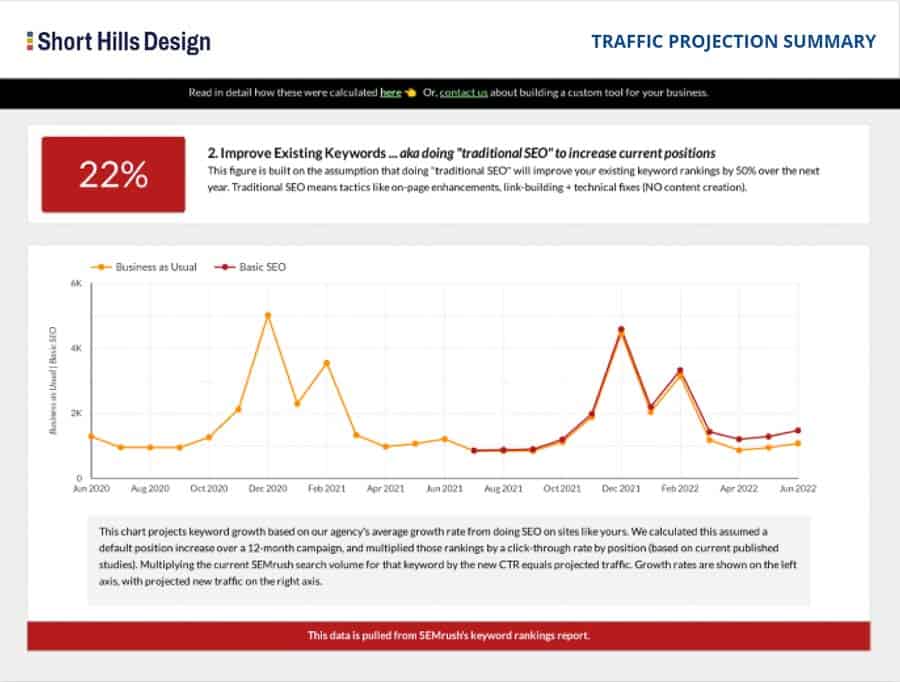The One Big Difference for Veterinary Websites: Trust
It goes without saying that trust is a key factor for getting new patients from medical, dental and other healthcare websites. But for veterinary websites, trust is first and foremost as no other healthcare providers serve a population that cannot speak for themselves AND have a different physiology! Thus, for any veterinarian looking to build or improve their practice's website, steps must be taken to build trust with their audience. If you are looking to learn more about veterinary website design or redesign services, please visit our websites for veterinarians page.
HOW TO MAKE SURE YOUR VETERINARY WEBSITE RELAYS TRUST:
- Have reviews. Reviews are the bane of existence for many healthcare providers as patients can write almost anything they'd like, and we are very limited in our ability to reply due to HIPAA rules. For a veterinary website, make sure you clearly display as many of your positive reviews as possible.
- Take time to introduce yourself and your team. Because the pet's owner will be the one directly communicating with you and your team, it's critical for them to feel as much at ease as possible while you treat their canine, feline, or exotic family member. Make sure that your biography page is thorough, has a professional picture of you, and details your education, qualifications, experience and any professional organizations and charities you work with. Also take the time to remind people that you take continuing education courses, and consider writing a sentence about once recent course you attended and how you've implemented what you learned in your practice. Similarly, take the time to write blurbs for your techs, as owners will be interacting with these members of your team often and need to know that the techs are qualified, credentialed, and caring.
- Have a clear policy about how your office handles emergencies. On dental websites, we talk about expectations for emergency care and emergency appointments. Are there same-day appointments? Will there be a wait? What is the earliest time to call? Is there an after hours number for middle of the night emergencies?
- Make your financial policies clear. When it comes to fees, as a dentist I often tell my patients what potential costs will be ahead of time, and I tell them that "I don't like surprises - even on my birthday. So I don't want you to have surprises either." Make sure you have a financial policies page where it explains what the fees are if possible, and what if any insurance you accept.
- Be current. Talk about your office and the technology you have, and how this technology directly helps to make your visitor's pet feel better and get well faster. Write blog posts about current trends in veterinary medicine, and talk about new scientific findings or important updates in the field. If there's a complex journal article that talks about new techniques or treatments, write a summary of the article in layman's terms and link to the article for reference. Doing show demonstrates to your visitors that you are up to date with the current science, and that you are taking the time to explain important updates to them, so they don't have to navigate through the original source.
- Have an office tour. Just like with dental practices, it's important for people to see what your facilities look like before they come for treatment. People want to see a clean waiting area and examination rooms, and it never hurts to show your sterilization area to reinforce your commitment to health and safety.
- Show your memberships. One of the techniques we use in other healthcare fields to build trust is to put the logos (with permission) of any professional or local organizations you are involved in.
- Display social icons on your website. I’m on record as saying that I don’t like Facebook and Twitter and other social sites. In fact, my favorite lecture to give is “Social Media for Dentists Who Hate Social Media.” But I’m also on record saying that having these icons prominently displayed on your website is a very important trust-builder. Now that the “wow” factors are gone for social media, there is an expectation that all websites have social media icons. So even if you never post on Facebook, the fact that you have a Facebook icon on your website reassures potential pet owners that you are “up to date.” Now that may not be entirely true, but the point is that you no longer get “bonus points” for having social media icons on your site – if fact you “lose points” if you don’t have them. So add social media icons to your website right away!
- Make sure your phone number is click-to-call ready. People expect to be able to call your practice by clicking on your phone number - so whether the phone number is in the header (top of the website), footer (bottom of the website) or on the contact page, go ahead right now and click the number on your phone to make sure that click-to-call works on your website.
- Make sure your contact form works and that your visitors get feedback that their request was submitted successfully. Take a moment now and submit a request via your website's contact form. Make sure that you (or your front desk) receives the submission and that there is a clear message that the request went through. For our clients, we like to have a thank you page so that when a website form is submitted, the user is redirected to a "Thank You" page that informs them that their request has been successfully submitted and that they should hear back within 24 hours on the next business day. Remember - a large portion of building trust comes from setting and living up to expectations.
- Ensure that your website navigation follows web standards. There's a great user interface book, "Don't Make Me Think" which essentially says that if someone who visits your website has to think about where to find the information they are looking for, then you've failed in your design. Make sure that your top-level navigation items are what people expect them to be and are in the correct order. For example, a navigation structure such as "Home, About, Services, Patient Information, Reviews, Contact" is a great place to start.
LET'S TALK!
If you have questions about a new or existing veterinary website, contact us today for a complimentary consultation with our founder Dr. David Wank. Dr. Wank is a Harvard-trained dentist with 18 years of experience treating patients and 14 years of experience building patient-centered healthcare websites.
LEARN ABOUT WEBSITES
Not ready to talk yet, but interested in learning more about what factors are considered when building successful websites? Download a free copy of Dr. Wank's "Small Business Web Design Workbook" today.


